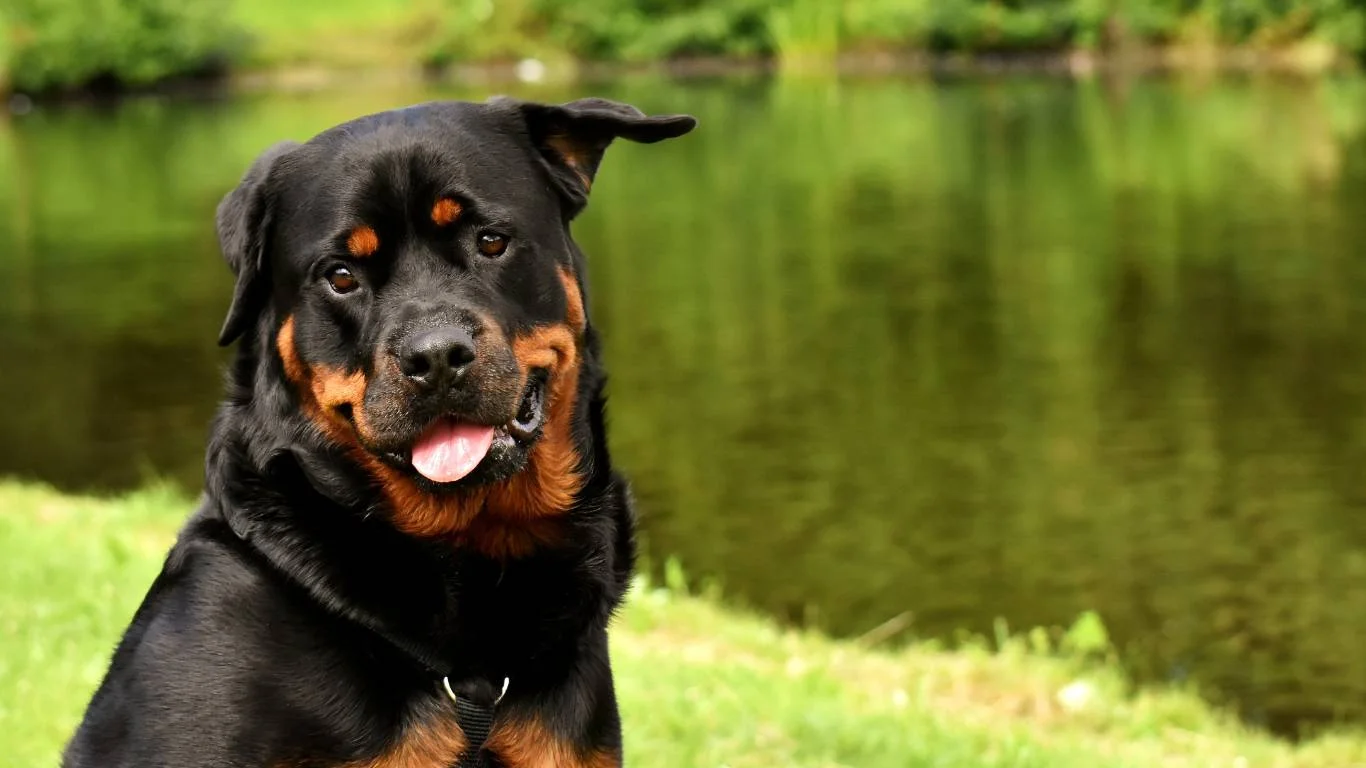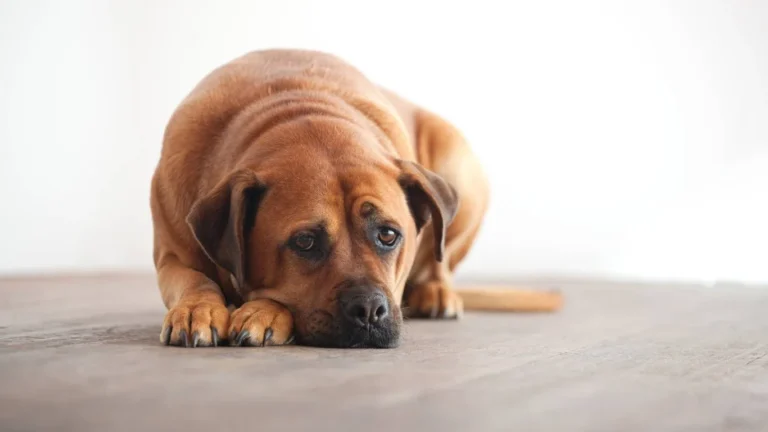What to Do If Your Dog Has Sore Paws from Walking: Easy Relief Tips
If you’ve ever come back from a walk and noticed your pup limping, licking their paws excessively, or just acting a little off, you’re not alone. One of the most common concerns I see as a vet assistant — especially during the warmer months or after long hikes — is *what to do if your dog has sore paws from walking*. Trust me, I’ve had my share of paw inspections and frantic pet parents wondering whether it’s something serious or just a case of tender tootsies. It’s easy to overlook paw care until something goes wrong, but a little know-how goes a long way in preventing and treating sore dog paws naturally and effectively.
Recognizing Sore Paws: What to Look For
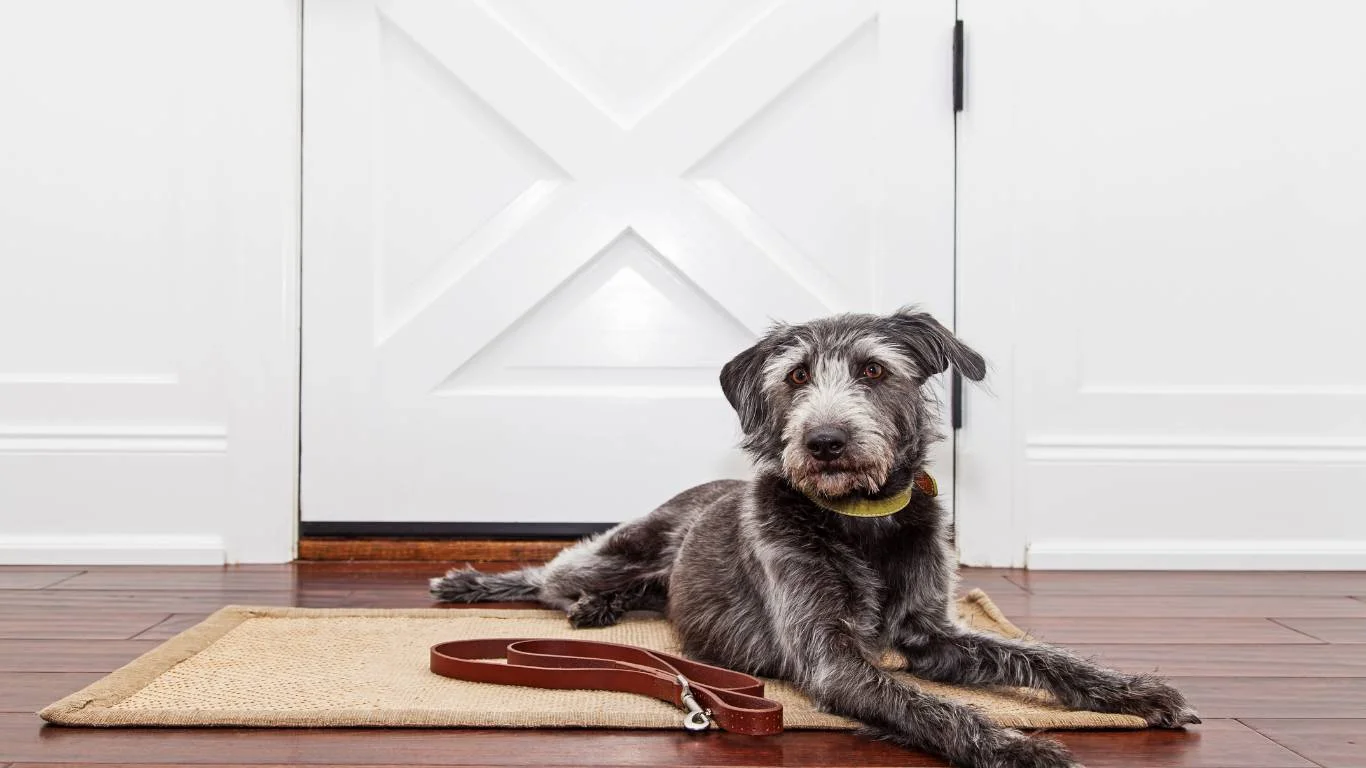
Common Signs Your Dog’s Paws Are Hurting
When your dog’s paws are sore from walking, it usually doesn’t take long for them to show it. Here’s what I usually tell pet parents to keep an eye out for:
- Limping or Favoring One Paw: That tell-tale uneven gait usually means something’s bothering them down there.
- Constant Licking or Chewing: Dogs instinctively try to soothe discomfort by licking. While it may seem harmless, too much can make things worse.
- Redness or Swelling: These are big indicators that inflammation has already set in.
- Dry, Cracked Pads: Especially common in dry or hot weather. Think of it like chapped lips for dogs — ouch.
- Visible Cuts or Blisters: Often from hot pavement or rough terrain. These can be painful and need quick attention.
My Go-To Quick Paw Check Routine
I always recommend a quick paw check after walks, especially if you’ve been on unfamiliar ground. Here’s how I do it:
- Look between the toes — that’s where little pebbles or burrs love to hide.
- Press gently on the pads to check for tenderness or reaction.
- Check for heat — if the pads feel hot to the touch, inflammation might be setting in.
What to Do If Your Dog Has Sore Paws from Walking

Cool Down Those Paws
The first thing I tell dog owners is: cool those paws down. If the pads are red or warm, soaking them in a shallow bowl of cool (not icy) water for a few minutes can bring immediate relief. You can also use a wet towel if your pup isn’t a fan of baths.
Apply a Pet-Safe Balm or Ointment
This is where my nutrition focus comes in — I’m a huge fan of natural balms made with shea butter, coconut oil, or calendula. These ingredients moisturize and create a protective barrier without clogging the skin. Just avoid anything with artificial fragrances or ingredients you wouldn’t use on yourself.
Let Them Rest — No More Walkies (For Now)
It can be tough when your dog’s all amped up to go outside, but sore paws need time off. Letting them rest for a day or two gives their pads a chance to heal. No pavement, no gravel trails, and definitely no zoomies on hardwood floors.
Keep It Clean
If the paws are visibly damaged — cuts, raw spots, or blisters — cleanliness is crucial. I’ve had dogs come in with infections from something as small as a cracked pad. Gently rinse the paw with saline or warm water, pat dry, and apply a soothing antiseptic like diluted betadine. Avoid harsh stuff like hydrogen peroxide — it stings and can slow healing.
Why It Happens: Common Causes of Sore Paws

Hot Pavement and Rough Terrain
Summer walks on asphalt? A big no-no. I always suggest doing the “barefoot test” — if you can’t hold your hand or foot on the pavement for 7 seconds, it’s too hot for your dog. Gravel trails, icy sidewalks, and salt-treated roads are just as rough. Their paws are tough but not indestructible.
Over-exercise and Long Walks
I get it — some breeds *need* that daily adventure. But if your dog isn’t used to 5-mile hikes, build up slowly. Pads, like muscles, need conditioning too. Overdoing it can cause wear and tear that leaves paws sore and tender.
Allergies or Irritants
Believe it or not, sore paws sometimes have nothing to do with walking. I’ve seen dogs react to lawn chemicals, pollen, or even cleaning products used on floors. If the paw soreness is frequent and you can’t pinpoint a walking trigger, allergies could be the culprit.
How to Prevent Sore Paws in the First Place
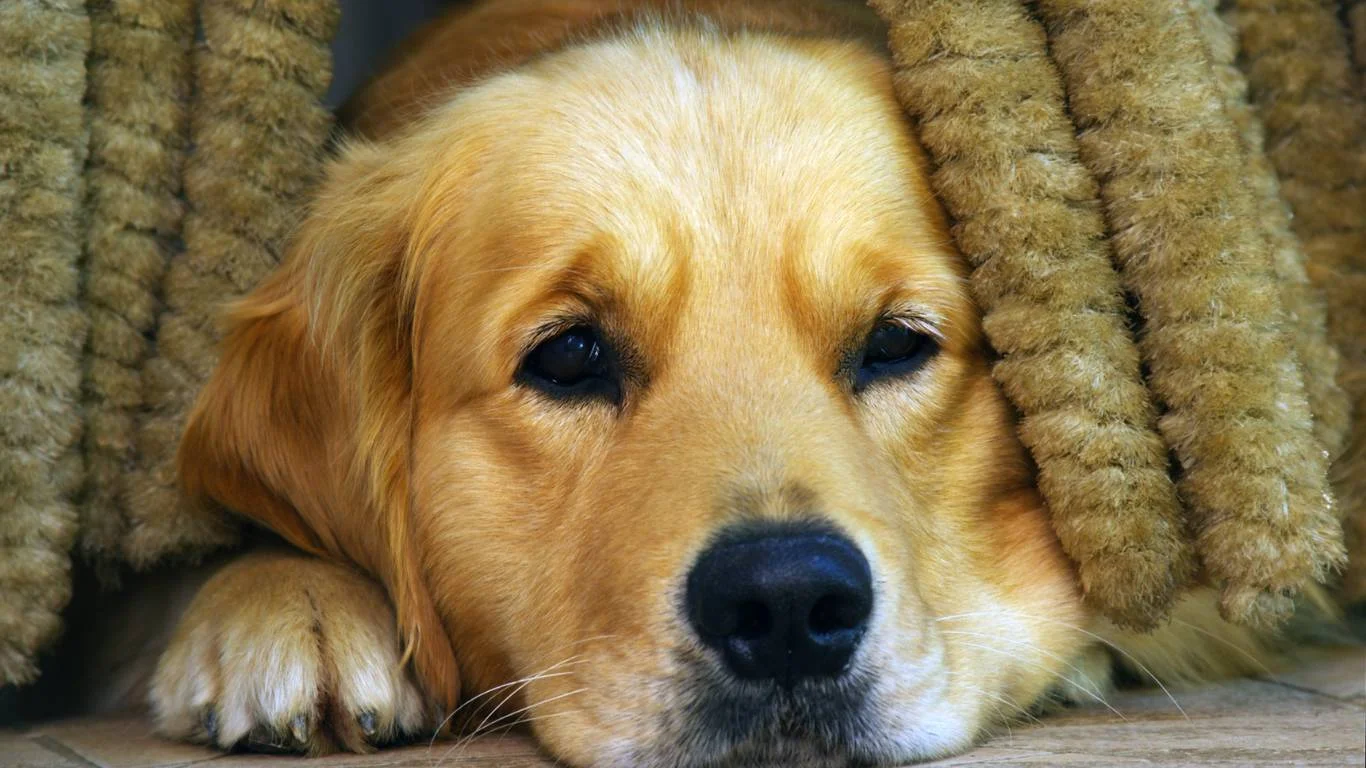
Use Paw Balm or Protective Wax Before Walks
One of the things I’ve picked up over the years — and this came from a seasoned sled dog trainer, no less — is the magic of paw wax. Before heading out, especially in rough weather or terrain, rub on a layer of pet-safe wax or balm. It acts like an invisible boot, protecting the pads from heat, salt, or rough ground. I use this trick myself with my own pups, and it’s been a game-changer.
Stick to Dog-Friendly Surfaces
I always recommend choosing grassy parks, dirt trails, or shaded paths over sidewalks and asphalt. Not only are they gentler on your dog’s feet, but they’re also easier on joints. And let’s be honest — our dogs love sniffing around natural terrain way more than a boring concrete sidewalk.
Check the Ground Temperature
Remember that barefoot test I mentioned earlier? It’s such a simple but powerful habit. If I wouldn’t walk barefoot on it, neither should my dog. Early morning and late evening are usually better during summer walks. Midday? Way too hot for their pads.
Keep Nails Trimmed and Fur Between Pads Neat
Long nails can throw off your dog’s gait and actually cause more pressure on the paw pads, especially over long walks. Also, those little tufts of fur between the toes? They’re cute but can trap debris. I always trim them up — it helps with traction and keeps things clean.
When to See a Vet for Sore Paws

Red Flags That Mean It’s Time to Call the Vet
Most sore paws heal up with a little TLC at home, but not all of them. Here are some situations where I’d say don’t wait — get your pup checked out:
- Deep cuts or punctures — Anything more than surface level should be evaluated for infection or foreign objects.
- Persistent limping beyond 48 hours — If your dog still can’t put weight on the paw after a couple days, it’s time to dig deeper.
- Swelling that doesn’t go down — Especially if it seems to be getting worse, not better.
- Foul smell or discharge — Huge red flag for infection. I’ve smelled enough infected paws to know — you can’t miss it.
Chronic Paw Issues? Could Be Something Deeper
I once had a golden retriever patient who came in every month with raw, red paws. Turns out, it wasn’t the walks — it was food allergies causing inflammation that flared up every time he went outside. If you’re treating sore paws regularly and nothing’s working, a deeper look into allergies, autoimmune issues, or even thyroid function may be in order.
My Favorite Home Remedies for Minor Paw Soreness
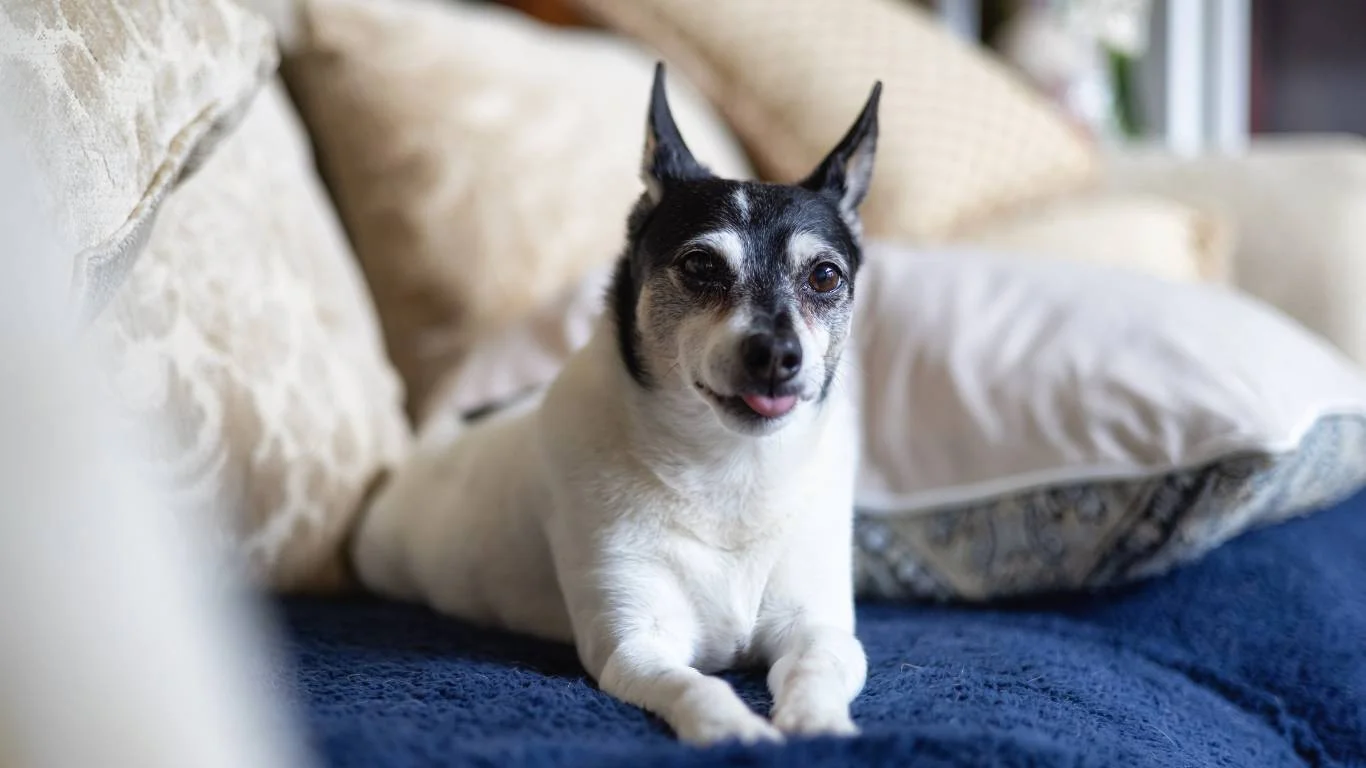
Epsom Salt Soaks
Mixing a tablespoon of unscented Epsom salt into a small tub of warm water is one of my go-to remedies. Let your pup soak for 5–10 minutes. It’s soothing, draws out inflammation, and helps cleanse the area. Just don’t let them drink the water — most dogs try!
Chamomile Tea Compresses
This one’s a bit of a “grandma remedy,” but it works. Steep a chamomile tea bag, let it cool, then press it gently against your dog’s sore paw. The anti-inflammatory properties help calm irritated skin, and it’s totally safe if they lick a bit of it.
DIY Paw Spritz with Aloe & Coconut Oil
I keep a little spray bottle on hand with a mix of aloe vera juice and fractionated coconut oil. Shake it up and lightly spritz the pads — it’s cooling, healing, and helps reduce licking thanks to the slightly bitter aloe taste. Just avoid spraying on open wounds.
Footwear for Dogs: Yes or No?

Booties Can Be a Lifesaver — If Your Dog Tolerates Them
Okay, let’s talk dog shoes. They’re not just cute Instagram props — they can be super functional. I’ve seen them work wonders on hot sidewalks, icy streets, and even trails with sharp rocks. That said, not every dog is into them. If your pup does the “high step” walk the first few times, don’t panic. Try short, positive sessions indoors first, and offer lots of treats. Patience really pays off.
Choose the Right Fit
Make sure they fit snugly without rubbing. Poorly fitting booties can cause more problems than they solve. I usually recommend breathable mesh ones for summer and waterproof, insulated ones for winter. And always check for rubbing after walks — I’ve seen a few blistered paws caused by well-meaning but tight gear.
Boots Aren’t Always Needed
Don’t feel guilty if your dog refuses to wear them. You can still protect their paws with wax, timing walks wisely, and sticking to soft terrain. I’ve had plenty of success with dogs who never wore boots a day in their life — it’s all about finding what works for your furry friend’s lifestyle.
How to Build a Paw-Care Routine That Actually Works

Start with Post-Walk Paw Checks
Honestly, this step alone has saved so many paws (and vet visits). After every walk, especially if we’ve been hiking or out in extreme weather, I do a quick once-over of my dogs’ feet. It only takes a minute. I check between the toes, brush off any debris, and look for signs of redness or irritation. It’s like brushing your teeth — a little daily routine that adds up to a healthier pup in the long run.
Make Paw Moisturizing a Habit
I like to keep a small tin of paw balm near the door. After towel-drying their paws, I’ll rub a little on — especially during the winter when salt and snow are rough on skin. Think of it as doggy lotion. Pads can dry out and crack just like human skin, and keeping them soft helps prevent a lot of problems before they start.
Rotate Walking Routes
This one’s more about preventing overuse injuries. Constantly walking the same route, especially on rough pavement, can lead to wear on certain areas of the paw. I always tell clients to change it up. Mix in some grass, trails, and parks when possible. It not only protects their feet but keeps them mentally stimulated too — double win.
Keeping Your Dog’s Paws Healthy Through the Seasons
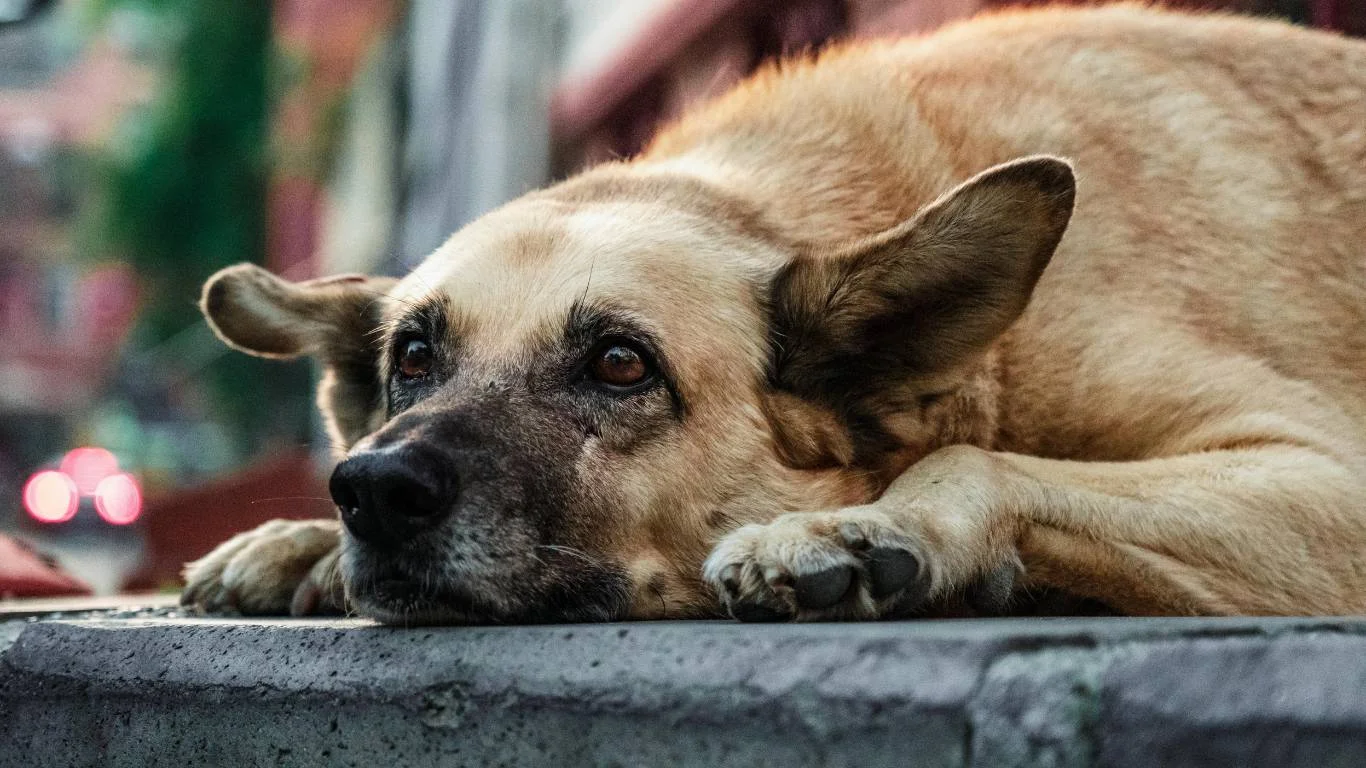
Winter Paw Tips
Salt and ice are brutal on dog paws. I’ve seen so many cracked pads and raw spots from walks through salted streets. If booties aren’t your dog’s thing, at least apply a barrier balm before walks and wipe their paws with a damp cloth afterward. Look for pet-safe de-icing products if you’re treating your own driveway or sidewalk.
Summer Safety
We’ve talked about hot pavement, but even sand at the beach can cause burns. I once had a Labrador come in with blistered pads after chasing tennis balls on a scorching beach — poor guy couldn’t walk for days. Always check surfaces with your hand, and stick to shaded or grassy areas during midday. And don’t forget water! Hydration plays a sneaky but important role in skin and pad health.
Spring and Fall Hazards
Season changes bring their own issues — like foxtails, burrs, and muddy trails. Springtime pollen or lawn chemicals can also irritate paws. If your dog has seasonal allergies, you might notice more licking and chewing. In that case, it’s worth discussing allergy support with your vet. Supplements like quercetin or omega-3s can help reduce inflammation and support healthy skin.
Using Nutrition to Support Paw Health
This is where my background in pet nutrition really comes in. A lot of people overlook diet when it comes to skin and paw problems, but it’s huge. The healthier your dog’s skin, the stronger and more resilient their paw pads will be.
Essential Nutrients That Help
- Omega-3 Fatty Acids: Great for skin health and reducing inflammation. I love wild-caught fish oil or krill oil over generic blends.
- Biotin and Zinc: These support skin regeneration and healing — key when dealing with cracked or sore paws.
- High-quality proteins: Dogs need good amino acids to repair skin tissue, especially after injury or irritation.
I’ve seen noticeable improvements in dogs with chronic skin and paw issues after switching to a more species-appropriate diet — less filler, more real nutrients. If you’re not sure where to start, ask your vet or a certified canine nutritionist.
Let’s Be Real: Paw Care Isn’t Always Perfect
Some days you forget the balm. Some walks go longer than planned. Sometimes, your dog licks their paw raw before you even notice anything’s wrong. It happens. The important thing is to stay consistent most of the time and listen to your dog’s cues.
One of the things I’ve learned from working with so many dogs (and being a dog parent myself) is that prevention isn’t about perfection. It’s about patterns. Build a simple, flexible paw-care routine, stay observant, and don’t hesitate to ask for help when something seems off.
References
Disclaimer
This article is based on my experience as a veterinary assistant with a focus on pet nutrition and is intended for informational purposes only. It does not replace professional veterinary advice, diagnosis, or treatment. Always consult your veterinarian for concerns about your dog’s health.
